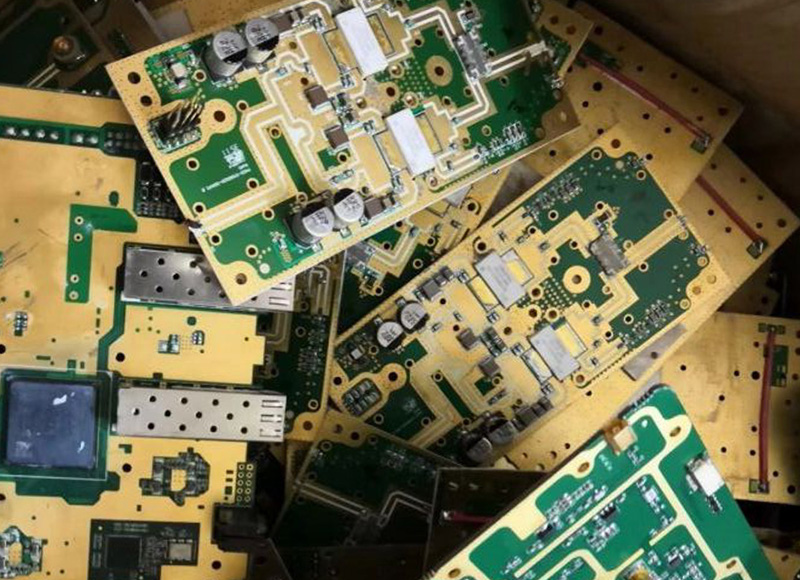The global market for precious metals for refiners and recyclers is projected to reach $90.38 billion in 2025, surging to $138.16 billion by 2032 at a 6.25% CAGR. This growth is fueled by tightening environmental regulations and rising demand across electronics, automotive, and renewable energy sectors.

Electronic waste represents a critical resource stream for precious metals for refiners and recyclers. Globally, e-waste generation reached 57.4 million tonnes in 2021 and is expected to grow by 21% toward 2030. The economic imperative is clear:
- A single tonne of circuit boards can yield up to 800x more gold than one tonne of gold ore.
- The e-waste precious metal recycling market is projected to grow from $660 million in 2024 to $1.01 billion by 2031 at 6.5% CAGR, with Europe dominating 55% of global revenue share.
- Recycling precious metals from electronics now supplies 45% of global gold and 30% of silver used in new electronics manufacturing, reducing primary mining dependency.
Amid market volatility, Harmony Recycled Precious Metals exemplifies operational adaptation:
Q1 2025 saw HarmonyŌĆÖs gold output decline 10% YoY to 9.77 tonnes, yet revenue surged 42.85% due to optimized recycling operations and higher metal prices.
Their all-in sustaining costs (AISC) rose 24% to $1,971/oz, offset by a 33% increase in average gold selling price ($2,661/oz).
Harmony Recycled Precious Metals strengthened net cash reserves by 49% to $592 million, enabling investments in urban mining infrastructure.
Platinum Group Metals (PGMs) recovery from spent catalysts now accounts for over 60% of global PGM supply, valued at $20.4 billion in 2023.
Despite declining automotive catalyst demand (-7% YoY), recycling rates exceed 95% for platinum and palladium due to their high value density.
The precious metals catalyst recycling market is pivoting toward hydrogen economy applications, with fuel cell catalyst recovery projected to grow 12% annually through 2032.
North America leads recycling innovation with 30% market share, driven by stringent EPA regulations targeting 2.7+ million tonnes of annual e-waste.
Hydrometallurgical processes now achieve 98% purity rates for recovered gold, reducing chemical consumption by 40% versus traditional methods.
AI-driven sorting systems have increased precious metal recycling efficiency by 25% since 2023, cutting operational costs by $18/tonne processed.
Data sources: Umicore sustainability reports, USGS mineral surveys, EPA waste analytics, and global market studies (2023-2025).